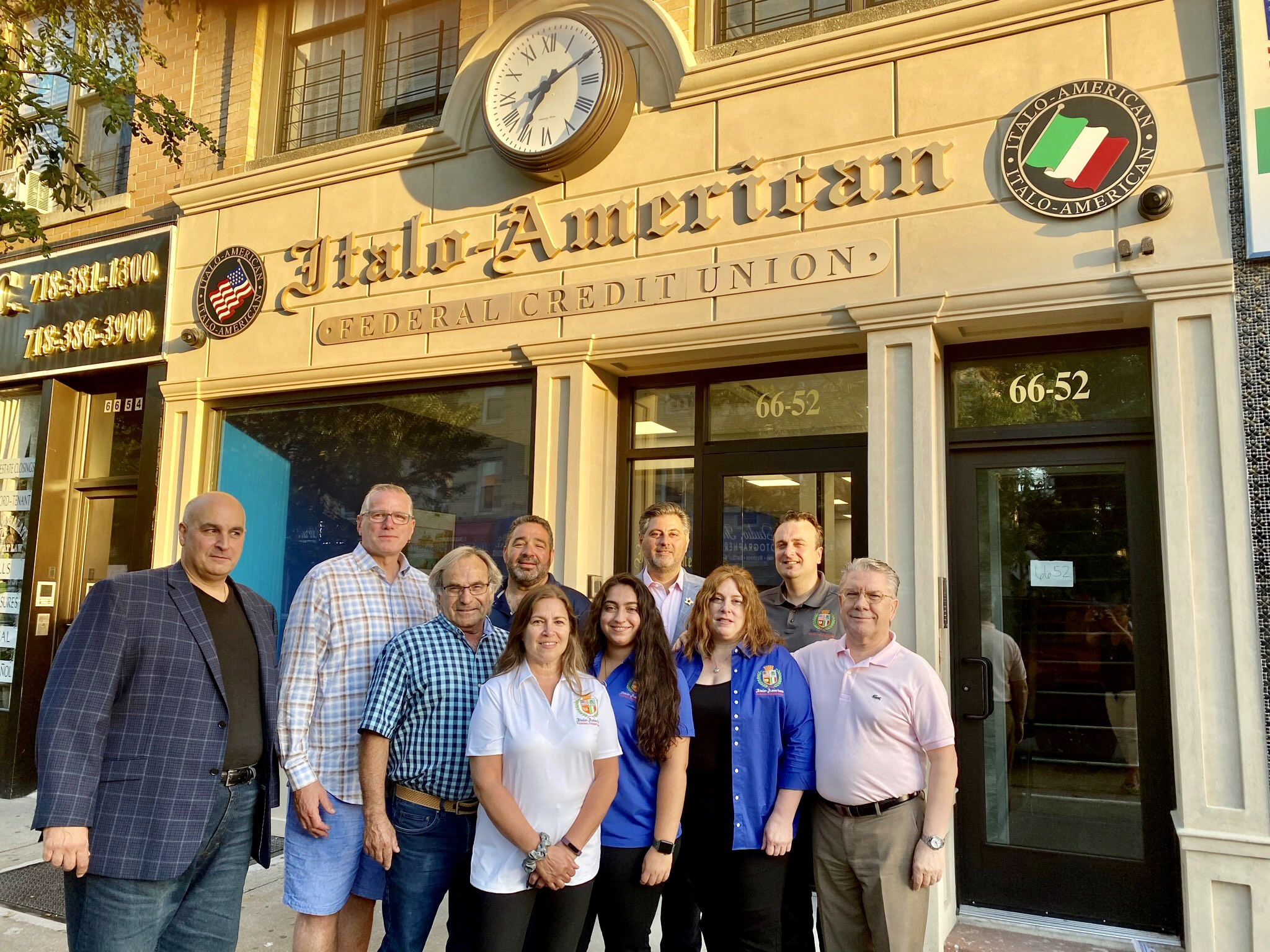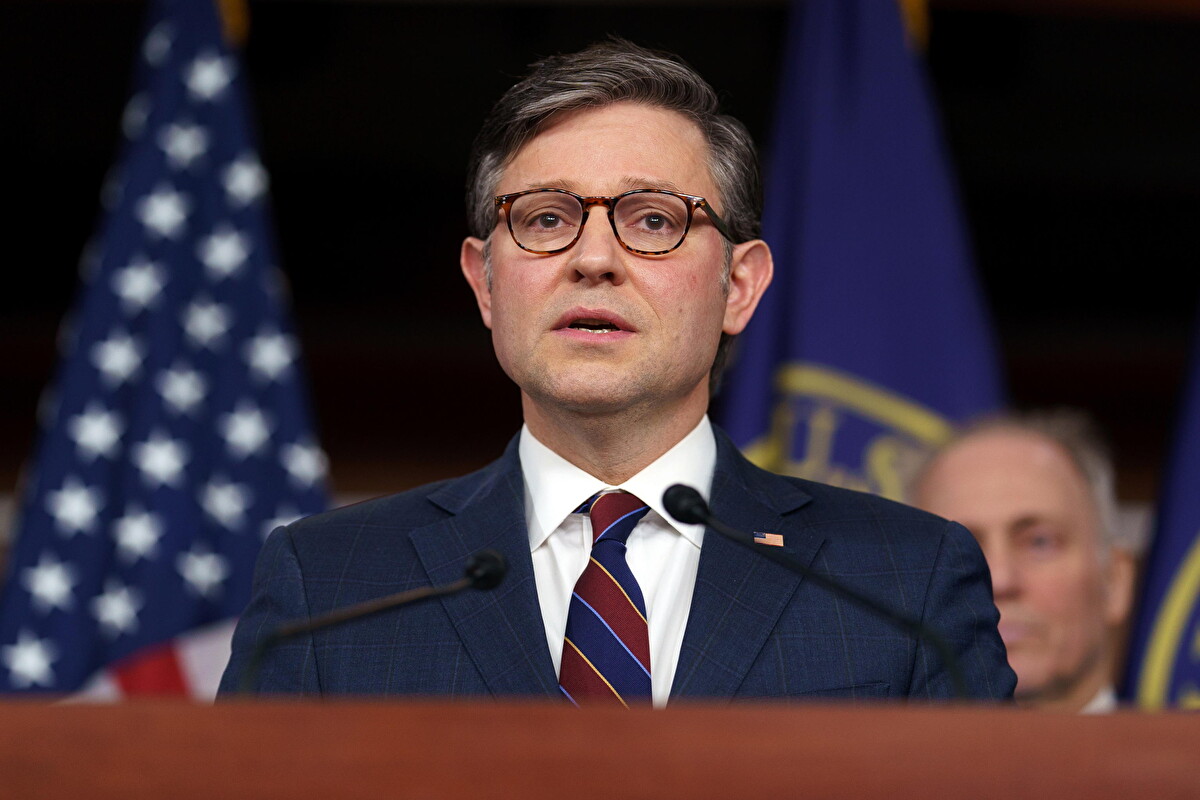The Italo-American Federal Credit Union is celebrating 90 years this month, making it one of the longest-running institutions of its kind across the United States. “Our charter number is something like 110, which is very low. I’m not sure the 109 before us are all in operation anymore,” says Craig Montalbano, CEO. “It’s a testament to the operation and staff, and the concern that we have for our members.”
One could be forgiven for asking what a credit union is to begin with. They don’t blanket news channels and sporting events with advertising like national banks, and even the term “bank” has such a hold on our consciousness as a fundamental unit for managing our money that the idea of parking one’s savings elsewhere might be met with skepticism. Putting money in the bank might seem as A-to-B as going to a doctor when you get sick, or seeking out a mechanic when your car starts making a noise. But the distinction is key: credit unions offer many of the same financial services as a bank, under the structure of a nonprofit member-owned organization.

“A credit union still operates under the guidelines of banks and answers to the financial institutions of the country,” Montalbano explains, referring to government entities like the Federal Reserve, which guarantees credit union depositors’ funds up to $250,000, just like with banks. “And the profit gets returned to the members in the form of interest, because there’s no shares there.” As of September 2024, the United States had 4,499 insured credit unions serving about 142 million members, managing over $2.3 trillion in assets, according to the National Credit Union Administration.

Montalbano is the grandson of an Italian immigrant baker who set down roots in Bushwick. His parents and siblings have since left, but he stayed. “I rode out the wave because it wasn’t nearly as attractive as it is now back in the 80s and 90s,” he laughs. He’s remained focused on his roots, and believes in the institution as a resource for his community. “It’s a great option for Italian Americans,” Montalbano says, “and I’m always encouraging Italian Americans to open accounts there because of the competitive rates.”
While one might be skeptical about a financial institution like IAFCU, that counts seven hundred members, compared to the millions of account holders at Chase or Wells Fargo, Montalbano claims that his organization’s advantage is the staff’s ability to work closely with clients that they know better than in large institutions. “I don’t think we’ve had a bad loan at the credit union, ever,” he says. IAFCU maintains a conservative lending strategy, with a debt ratio hovering around 60% of its equity, while JPMorgan Chase has about ten times its equity in debt, or around 1,000%. That has allowed the IAFCU to weather storms that have battered other institutions, like the 2008 financial crisis, as the organization has not overleveraged its assets in pursuit of growth.
Montalbano has been with the IAFCU for 15 years, sitting on the board and working as vice president before becoming CEO. Later this month, the organization will be hosting a celebration of the Union’s 90th anniversary at Howard Beach. “It’s a big milestone for us,” Montalbano says. “I look forward to celebrating our hundredth year in ten years, hopefully I’ll be around.”












